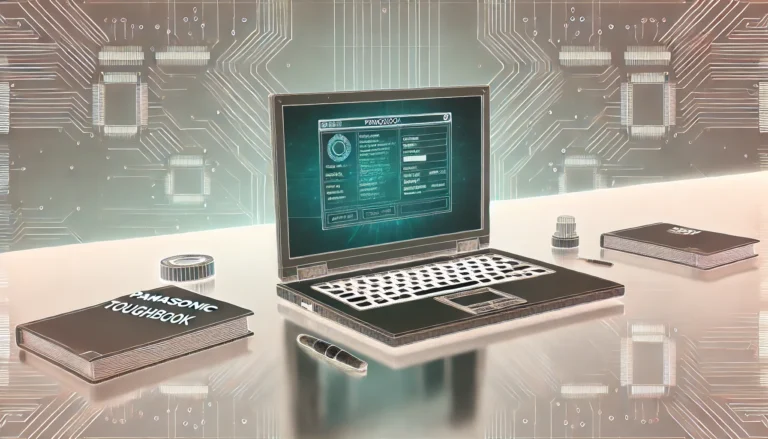The Role of a Student Information System in Modern Education

In today’s rapidly evolving educational landscape, the need for efficient and accurate management of student data has never been more critical. Schools, colleges, and universities must not only deliver high-quality education but also ensure smooth administrative operations. This is where a Student Information System (SIS) comes into play, revolutionizing the way educational institutions manage student data, streamline operations, and enhance the overall student experience.
What is a Student Information System (SIS)?
A Student Information System (SIS) is a software platform designed to manage and organize all the data related to students within an educational institution. This includes, but is not limited to, enrollment information, academic performance, attendance records, financial details, and more. An SIS serves as the central hub where all student-related data is stored, accessed, and managed efficiently, allowing schools to focus on their primary mission: educating students.
The Importance of an SIS in Education
Managing student data without a comprehensive system can be time-consuming and prone to errors, especially for larger institutions. A well-implemented SIS offers a range of benefits that directly address these challenges:
- Data Centralization and Accessibility: One of the primary advantages of an SIS is that it centralizes student data in a single platform, ensuring that educators, administrators, and parents have access to accurate and up-to-date information. Gone are the days of sifting through physical records or multiple spreadsheets; with an SIS, all data is just a few clicks away.
- Enhanced Communication: An SIS improves communication between teachers, students, and parents. It provides a streamlined platform for sending notifications, progress reports, and important announcements. This keeps everyone in the loop and ensures timely communication about academic performance, attendance, and school events.
- Improved Data Accuracy: Manual data entry is prone to mistakes. By automating various administrative processes, an SIS reduces the chances of human error. Whether it’s calculating grades or tracking attendance, the system ensures greater accuracy, minimizing the risk of costly errors.
- Time and Resource Efficiency: Handling administrative tasks manually consumes significant time and resources. An SIS automates many of these tasks, such as grade calculations, attendance tracking, and report generation. This saves valuable time for educators and administrators, allowing them to focus on student engagement and teaching.
- Student and Parent Engagement: An SIS empowers students and parents by providing easy access to academic information. Many systems come with dedicated portals where students and parents can view grades, attendance, assignments, and other critical information. This transparency helps foster a collaborative approach to learning, enabling parents to support their children’s education effectively.
- Compliance and Reporting: Schools are often required to submit reports to educational authorities, particularly in terms of student enrollment, attendance, and performance. An SIS simplifies compliance with regulatory requirements by generating reports that meet government or accreditation standards.
Read More Here
Key Features of a Student Information System
A modern SIS comes with a wide array of features that cater to the diverse needs of an educational institution. Some of the most important features include:
- Enrollment and Admissions Management: The SIS automates the admission process, making it easier for schools to manage applications, schedule interviews, and track enrollment status. It can also handle re-enrollments and class registrations for continuing students.
- Attendance Tracking: The system tracks daily student attendance, making it easy for teachers to mark absences or tardiness. This data is often integrated with other systems, allowing administrators to generate reports on student attendance patterns.
- Gradebook and Assessments: Teachers can use the SIS to input and calculate grades, track student performance, and generate report cards. This feature ensures that grading is consistent, accurate, and in line with institutional guidelines.
- Fee Management: The SIS can track tuition payments, generate invoices, and manage scholarships or financial aid. This simplifies the financial side of school administration and ensures that records are always up to date.
- Communication Tools: Built-in communication tools allow administrators and teachers to send messages to students and parents. Notifications can include reminders for assignments, upcoming events, or even disciplinary actions, all of which can be customized based on the institution’s needs.
- Customizable Reports: Whether it’s tracking student performance, attendance rates, or financial information, the system allows for the generation of detailed reports. These reports can be tailored to meet the specific needs of the institution and are valuable for making data-driven decisions.
The Future of SIS: Cloud-Based and Integrated Solutions
As technology continues to evolve, so does the potential of Student Information Systems. More educational institutions are adopting cloud-based SIS solutions, which offer enhanced flexibility and scalability. With a cloud-based SIS, all data is stored securely online, allowing for access from anywhere at any time. This is particularly beneficial for schools that operate multiple campuses or have remote learners.
Additionally, many SIS platforms are now integrated with other systems, such as Learning Management Systems (LMS), Human Resource Management Systems (HRMS), and financial software. These integrations create a seamless experience for all stakeholders, further improving efficiency and reducing the need for manual data entry.
Read More Here
Conclusion
A Student Information System (SIS) is a powerful tool that helps schools, colleges, and universities manage their student data more effectively. From streamlining administrative tasks to enhancing communication between students, parents, and teachers, an SIS brings a host of benefits to educational institutions. As more schools embrace digital transformation, adopting a robust SIS will become essential for staying competitive and ensuring the highest standards of education.
For educational institutions looking to improve efficiency, reduce errors, and provide better support to their students, implementing an SIS is a smart investment that will have long-lasting positive impacts on both administrative operations and student success.





